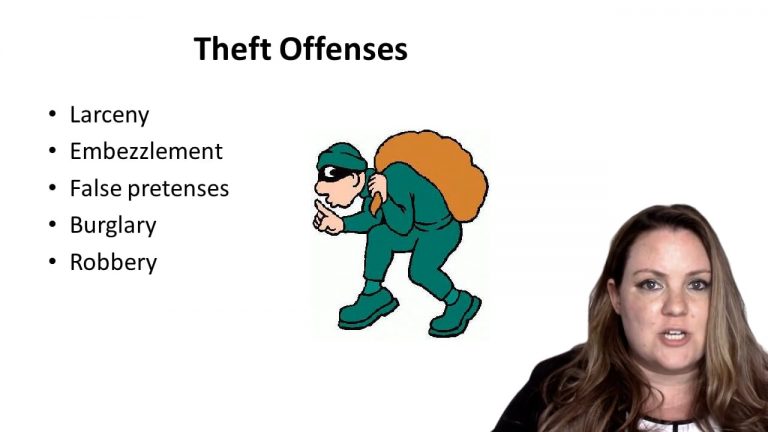SmartBrief
Confirm favorite deletion?
Criminal Law Keyed to Gershowitz
Baker v. Commonwealth
Citation:
225 Va. 192, 300 S.E.2d 788.Facts
The defendant and his friend, Donald Shumaker, went to an automobile dealership. They were aware that the dealership required customers to leave a vehicle as security while they test-drove one of the dealer’s automobiles. After receiving a signal from the defendant, Shumaker asked to test-drive a Jeep. Leaving as security a truck which he had fraudulently obtained elsewhere, the defendant drove the Jeep away and failed to return it. The defendant paid Shumaker $100 for his part in the crime.
He was convicted of larceny by false pretenses. He appealed, arguing that to be guilty of larceny by false pretenses, one must make a false representation that induces the victim to pass both title to and possession of the property to the defendant. The jury considered the issue of possession but not title.
Only StudyBuddy Pro offers the complete Case Brief Anatomy*
Access the most important case brief elements for optimal case understanding.
*Case Brief Anatomy includes: Brief Prologue, Complete Case Brief, Brief Epilogue
- The Brief Prologue provides necessary case brief introductory information and includes:
Topic:
Identifies the topic of law and where this case fits within your course outline.Parties:
Identifies the cast of characters involved in the case.Procedural Posture & History:
Shares the case history with how lower courts have ruled on the matter.Case Key Terms, Acts, Doctrines, etc.:
A case specific Legal Term Dictionary.Case Doctrines, Acts, Statutes, Amendments and Treatises:
Identifies and Defines Legal Authority used in this case.
- The Case Brief is the complete case summarized and authored in the traditional Law School I.R.A.C. format. The Pro case brief includes:
Brief Facts:
A Synopsis of the Facts of the case.Rule of Law:
Identifies the Legal Principle the Court used in deciding the case.Facts:
What are the factual circumstances that gave rise to the civil or criminal case? What is the relationship of the Parties that are involved in the case.Issue(s):
Lists the Questions of Law that are raised by the Facts of the case.Holding:
Shares the Court's answer to the legal questions raised in the issue.Concurring / Dissenting Opinions:
Includes valuable concurring or dissenting opinions and their key points.Reasoning and Analysis:
Identifies the chain of argument(s) which led the judges to rule as they did.
- The Brief Prologue closes the case brief with important forward-looking discussion and includes:
Policy:
Identifies the Policy if any that has been established by the case.Court Direction:
Shares where the Court went from here for this case.

 9m 29s
9m 29s